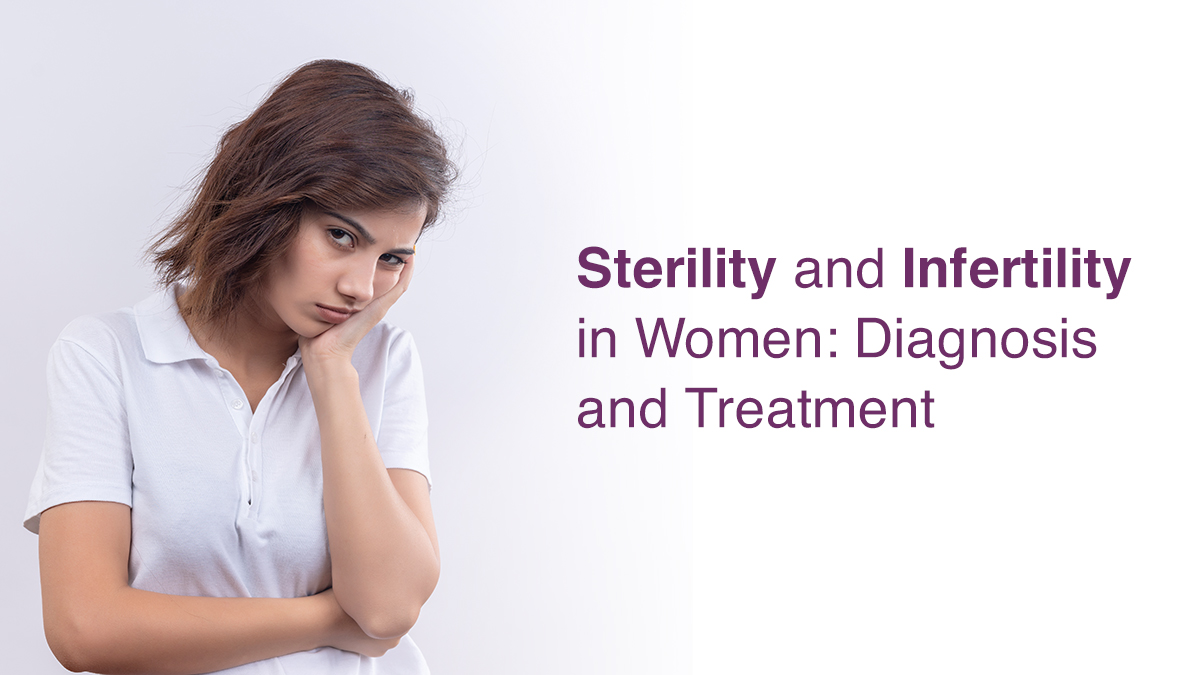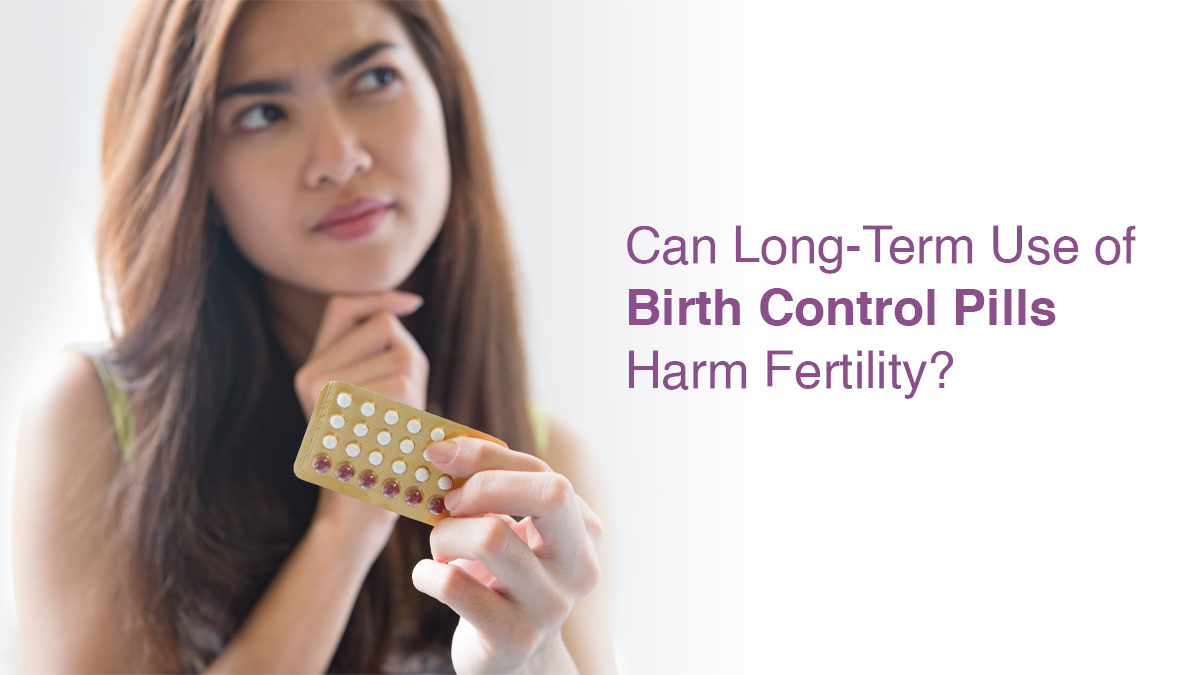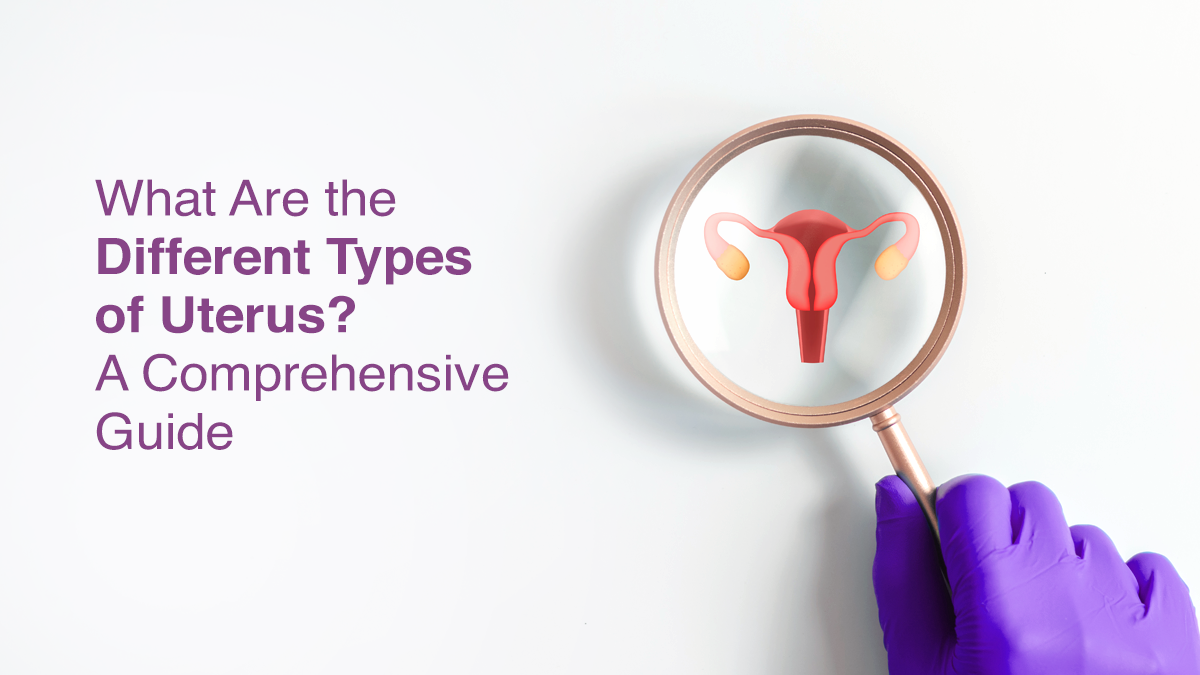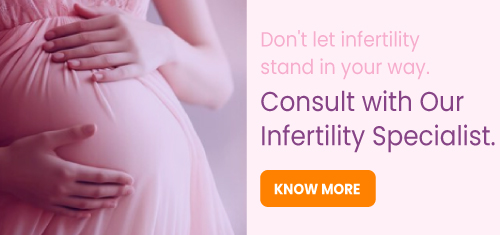
Sterility and Infertility in Women: Diagnosis and Treatment

The capacity to conceive, which depends on a complex interaction of hormones, reproductive health, and lifestyle, is known as fertility. An egg is released for possible fertilisation during a woman’s monthly ovulation cycle. Some women have infertility, which is defined as the inability to conceive after a year (or six months for those over 35). Hormonal imbalances, structural problems, or illnesses like PCOS and endometriosis can all contribute to female infertility. A more severe disease known as sterility refers to the total inability to conceive, frequently brought on by congenital defects or irreparable damage, and may necessitate surrogacy or adoption.
Understanding Sterility vs. Infertility in Women
What Is Sterility?
If a person is physically unable to conceive due to some birth abnormalities which cannot be addressed even with medical assistance, then they are considered sterile. For men, this means that there is no sperm production in their testis, and for women, it could be the result of birth abnormalities like being born without uterus, major structural abnormalities in uterus, premature ovarian failure, absence of ovulation, tubal ligation, absence of fallopian tubes. This could be the consequence of surgical procedures like a vasectomy or tubal ligation.
What Is Infertility?
The inability of a couple to conceive after a year of regular, unprotected intercourse is known as infertility. Hormonal imbalances, low ovarian reserve or structural problems are possible causes in women. Low sperm count, motility or normal morphology are common factors in men. Infertility can be primary (never conceived before) or secondary (difficulty in conceiving again).
Causes of Infertility in Women
Ovulation Disorders
Disorders like polycystic ovarian syndrome (PCOS) or hormonal imbalances like thyroid problems or hyperprolactinemia might interfere with ovulation, which stops a mature egg from being released, which is necessary for fertilisation.
Fallopian Tube Blockage or Damage
Damaged or fallopian tube blockage causes female infertility as it prevents the egg and sperm to meet for fertilization. Damaged tubes may even increase the risk of ectopic pregnancy (tubal pregnancy) which can be life threatening.
Uterine or Cervical Problems
Cervical problems, polyps, uterine fibroids, adenomyosis or structural defects in uterus might interfere with sperm motility or implantation.
Hormonal Imbalances
Hormonal imbalances, such as those in FSH, LH, Thyroid, Prolactin, progesterone or estrogen, interfere with reproductive cycles and impact the implantation or release of eggs.
Age-Related Infertility
Fertility decreases with age, particularly beyond age 35, as egg quantity and quality both decline.
Related Read – Understanding the Impact of Age on Fertility in Women
Unexplained Infertility
Sometimes, despite testing, no obvious cause is found. Unexplained infertility can result in additional emotional challenge for couples.
Diagnosis of Sterility and Infertility in Women
Medical History and Physical Examination
To find any physical indications of infertility, a doctor examines lifestyle variables, medical history, and personal and family medical records.
Ovulation Testing
To determine when ovulation takes place—a crucial stage for a spontaneous conception—ovulation tests through sonography or hormone levels are checked.
Imaging Tests
USG often known as ultrasound, aids in visualising the uterus and ovaries in order to identify ovarian reserve or any structural problems. Hysterosalpingography (HSG) can identify any obstruction in tubes, tubal abnormalities like hydrosalpinx or structural anomalies of uterus.
Hormonal Tests
Hormonal tests for infertility are one of the common diagnostic tools. Blood tests detect hormone levels such as FSH, LH, AMH, progesterone, estrogen, prolactin and thyroid hormones to evaluate reproductive function.
Laparoscopy
A minimally invasive technique to check the pelvis for scarring or endometriosis, which could impair fertility.
Genetic Testing
Genetic testing finds chromosomal abnormalities or inherited disorders that might lead to infertility or sterility.
Treatment Options for Sterility and Infertility in Women
-
Sterility
When the diagnosis confirms sterility, the following options could be taken into consideration:
Surrogacy
The embryos prepared from the woman’s egg or a donor’s egg and sperm from the partner or a donor can be deposited in a surrogate’s uterus to carry the couple’s pregnancy.
Adoption
For couples who are unable to conceive naturally or with assisted reproduction, adoption offers an alternate means of starting a family.
-
Infertility
Depending on the cause, there are several treatments for infertility which may be curable:
Fertility Medications
There are fertility medications for women who have trouble releasing eggs by stimulating ovulation. Hormonal imbalances can also be corrected via medications.
Intrauterine Insemination (IUI)
To improve the chances of fertilisation, processed sperm sample is directly placed into the uterus at the time of ovulation. Even though Intrauterine insemination’s (IUI)success depends on various factors, it offers a less invasive option to more complicated fertility treatments.
In Vitro Fertilization (IVF)
When other techniques are unsuccessful, in vitro fertilisation is frequently utilized and can be a promising treatment. IVF entails fertilising an egg outside the body and depositing the embryo into the uterus.
Intracytoplasmic Sperm Injection (ICSI)
In cases of male infertility, intracytoplasmic sperm injection (ICSI) increases the likelihood of fertilisation by injecting a single sperm directly into an egg.
Surgery
By addressing endometriosis, fibroids, or obstructions, surgery can improve fertility.
Hormonal Treatments
Imbalances affecting ovulation, menstrual cycles, or egg production are corrected by hormonal therapy.
Lifestyle Changes
Fertility and general reproductive health can be supported by enhancing healthy food intake, exercising, managing stress, and staying away from smoking, alcohol and pollutants.
When to Seek Medical Advice?
If you have been trying to conceive for more than a year without success, or six months if you are over 35, you should consult a doctor. Additionally, it’s crucial to see a healthcare professional for an assessment if you suffer from irregular periods, pelvic pain, or other signs of reproductive health problems.
Conclusion
Although sterility and infertility can be emotionally taxing, there are a number of treatment options available to assist couples in starting a family. To effectively manage these reproductive health disorders, early diagnosis and individualised care are essential. If you observe any of the symptoms, visit your nearest Oasis Fertility to discuss your concerns with our fertility specialists. You can engage with us via our live chat or call 1800-3001-1000 for additional details.


fill up the form to get a
Free Consultation
Avail 0% interest on EMI
All Procedures | No Upper Limit






